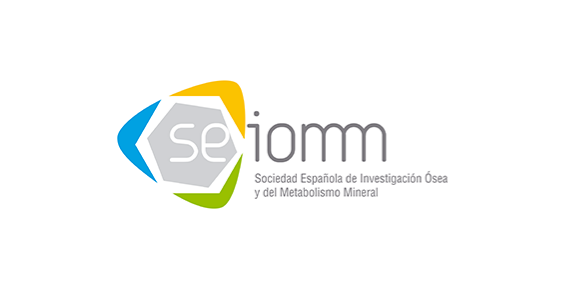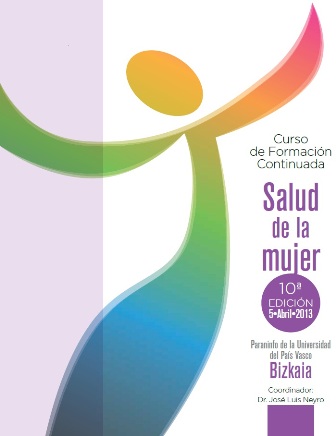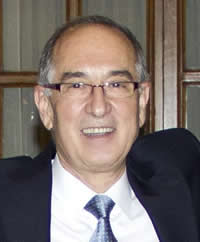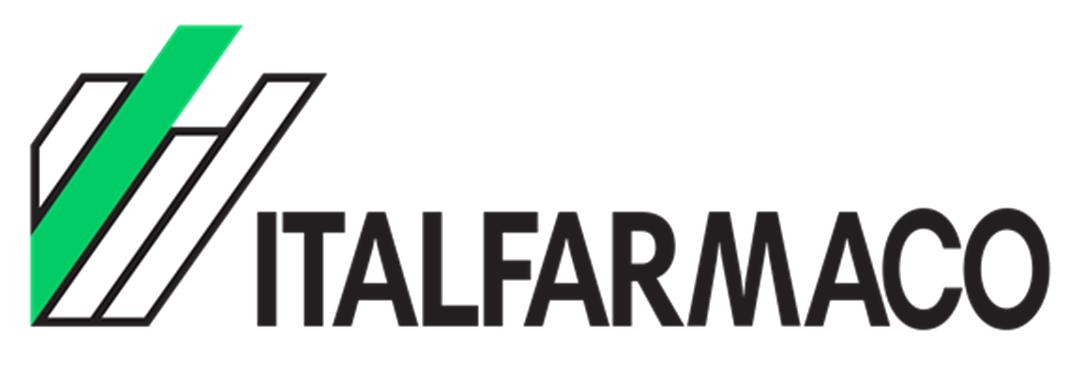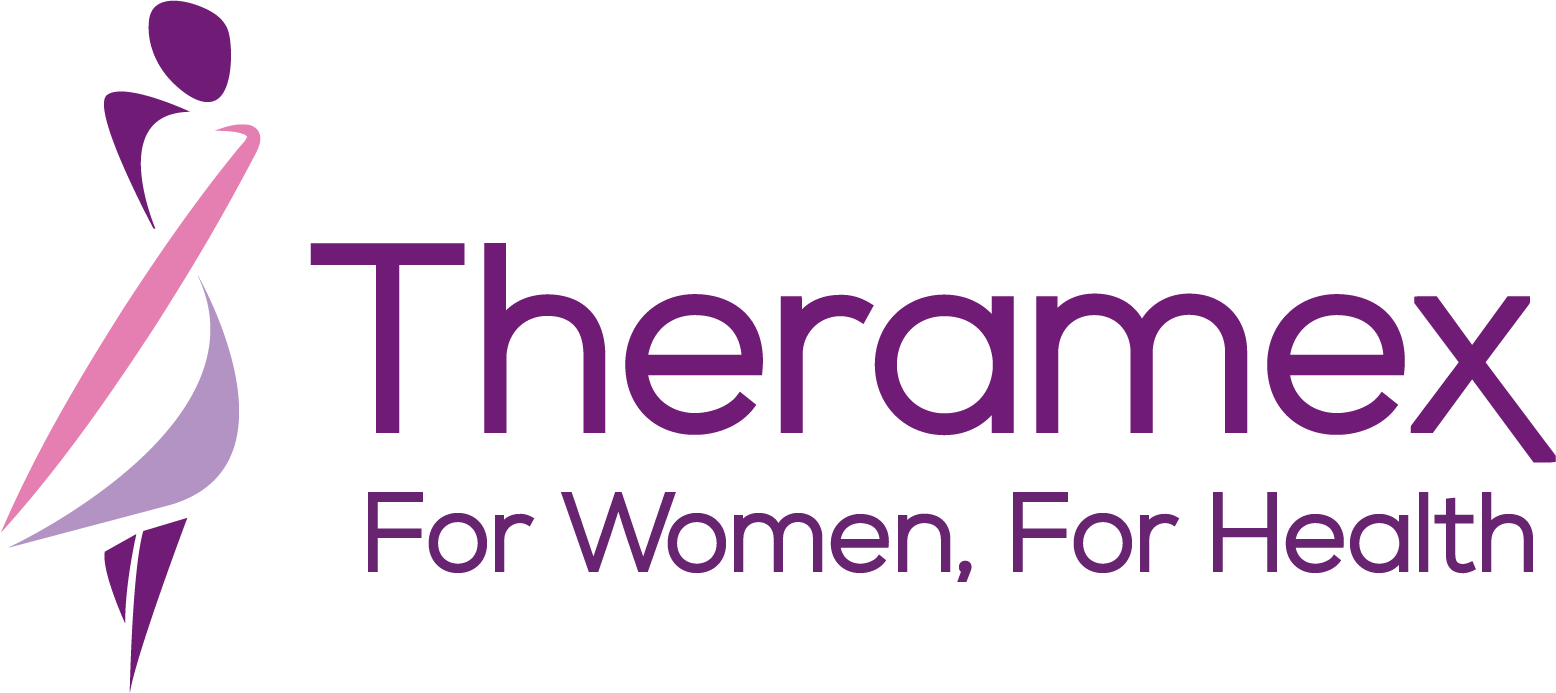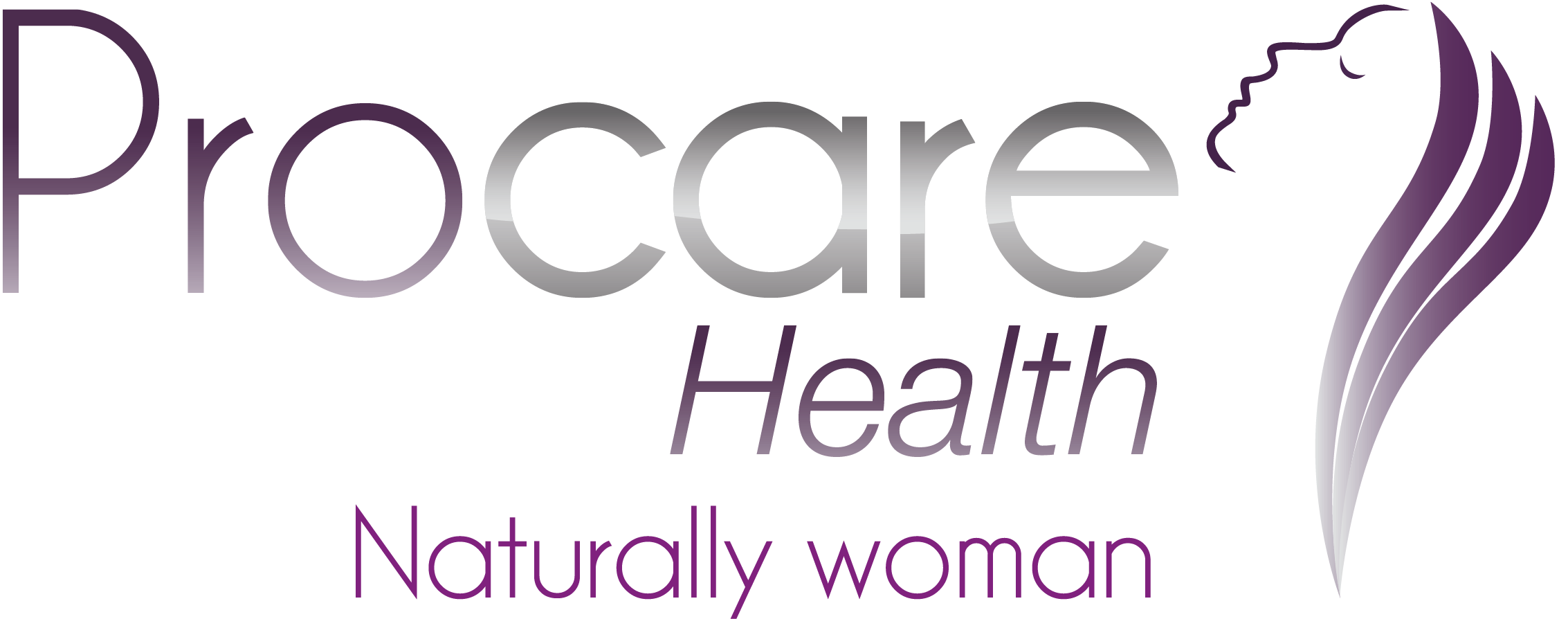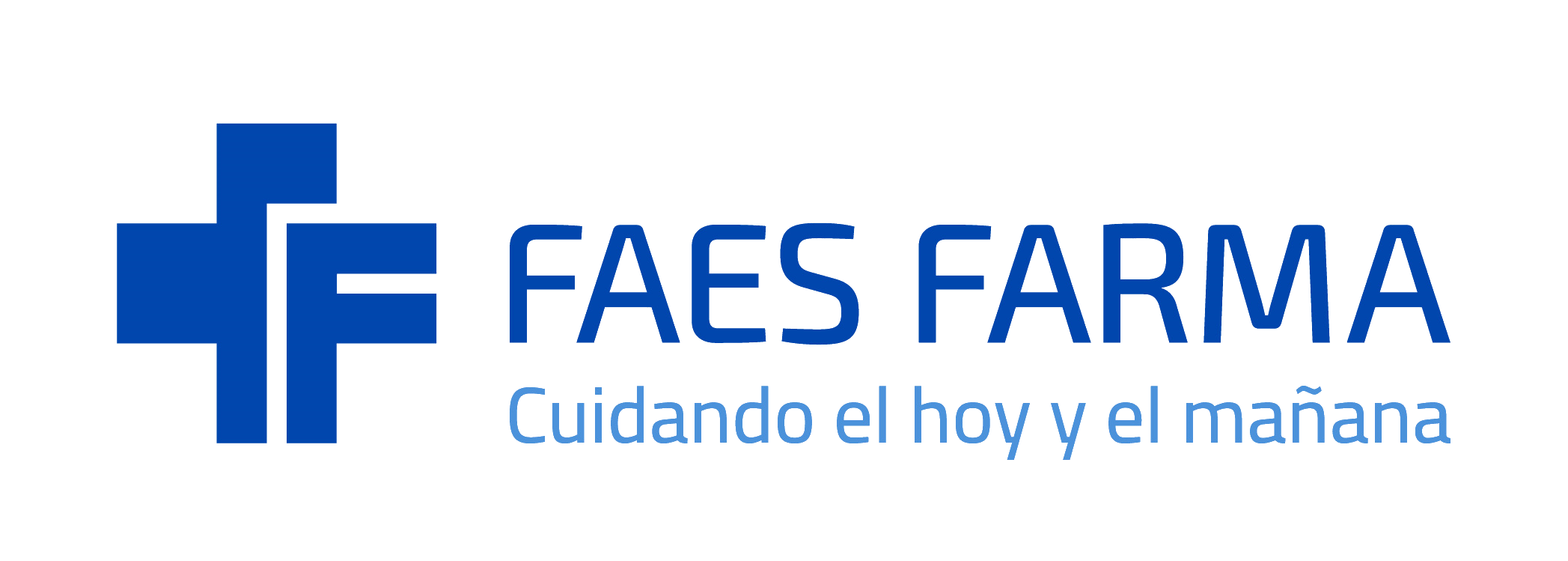Siete principales recomendaciones hechas; consenso internacional podría beneficiarse enormemente la práctica clínica y el diseño del estudio en la investigación fractura de radio distal
VIII Premio Banco Sabadell a la investigación biomédica
El premio consiste en una dotación de 50.000 euros y una obra de un escultor español contemporáneo.Banco Sabadell otorga este premio con objeto de reconocer la excelencia de personas jóvenes, con una importante trayectoria en … Leer más
ISFR-IOF experts propose standardized measurements of clinical outcomes in wrist fractures
Seven core recommendations made; international consensus could immensely benefit clinical practice and study design in distal radius fracture
Distal radius fractures (often simply termed wrist or Colles’ fractures) are the second most common fractures in the elderly. Beyond the immediate impact on the patient, wrist fractures in older adults often indicate underlying osteoporosis and high risk of subsequent fragility fractures.
Despite their clinical significance, evidence-based practice and clinical research on wrist fractures are hampered by the lack of standardized methods of outcome measurement. A new publication* by the Distal Radius Working Group of the International Society for Fracture Repair (ISFR) and the International Osteoporosis Foundation (IOF) makes important new recommendations in an effort to promote international consensus.
“In regard to distal radius fractures there is currently no agreed-upon definition of what should be measured in a clinical trial. As a result, researchers are faced with heterogeneous information – a serious barrier to high-quality research in the evaluation of outcomes or definition of intervention thresholds,” said Dr. Jörg Goldhahn, Lecturer at the Institute for Biomechanics of the Swiss Federal Institute of Technology (ETH), Zurich and President-Elect of the ISFR.
The IOF-ISFR Working Group used a methodological approach to arrive at a comprehensive foundation of content for outcomes. The absence of pain and restoration of function was agreed as the common treatment goals and foci for clinical measures. There was also a consensus that symptom and function should be measured as separate domains in the WHO International Classification of Functioning, Disability and Health (ICF)
10º CURSO DE FORMACIÓN CONTINUADA EN SALUD DE LA MUJER
Coordinado por el Dr. José Luis Neyro, experto Ginecólogo del Hospital de Cruces de Bilbao
Bienvenido al 10º Curso de Formación Continuda en Salud de la Mujer
Un año más, coordinado por el Dr. José Luis Neyro, experto Ginecólogo del Hospital de Cruces de Bilbao, se reunirá a ginecólogos y expertos de otras especialidades para revisar y actualizar patologías asociadas a la Menopausia. Este encuentro, cuyo objetivo se centra en formar a los especialistas en salud de la mujer, se ha convertido en todo un referente en la ciudad de Bilbao.
ERA-EDTA Award for outstanding contributions to ERA-EDTA
Jorge B. Cannata-Andia is the recipient of the 2013 ERA-EDTA award for contributions to ERA-EDTA.
He became a member of ERA-EDTA in 1982 and served his first term in the Council of the Association from 1993 to 1997 as an ordinary Council member. In 2002, he became Secretary-Treasurer till 2005, after which he became President up to 2008.
In his first term he collaborated with Jacques Bernheim on the successful re-launching of the ERA-EDTA Registry by making a number of adaptations according to the new needs and objectives of the Association. His main contributions, however, came during the periods he was Secretary-Treasurer and President. He played a crucial role in many of the Society’s activities such as making the ERA-EDTA administrative offices versatile and flexible to deal with all aspects of the Society, the creation of “Follow us”, setting up Post-Congress Council Meetings and creating the title of “Chairperson of the Administrative Offices”.
Thanks to his initiative the ERA-EDTA started supporting collaborative clinical trials and observational studies, as well as supporting translational research projects. Furthermore, during his terms as an Officer in the ERA-EDTA Council, he played a crucial role in improving or initiating a number of scientific and educative activities such as increasing the number of CME Courses, the launch of Fellowship Programs in 2006, the creation of NDT-Educational in 2004 and NDT-Plus in 2008, the installation of the first Scientific Advisory Board (SAB) in 2006, the establishment of ERA-EDTA Registry Courses in 2005 and starting lobbying for financial support for the QUEST project, and, now, thanks to this amount kept aside the ERA-EDTA has been able to finance the EQUAL project. In 2006 the ERA-EDTA Registry obtained, for the first time in the ERA-EDTA history, funds from the European Union for a project called “NephroQUEST” led by Carmine Zoccali and Kitty Jager. He was also instrumental in ERA-EDTA becoming part of EKHA, which is currently very active lobbying the European Community both for funds for renal diseases, but also for awareness issues. Currently he is the representative for ERA-EDTA at the European Union of Medical Specialists (UEMS).
European guidance for the diagnosis and management of osteoporosis in postmenopausal women
Abstract: Summary Guidance is provided in a European setting on the assessment and treatment of postmenopausal women at risk of fractures due to osteoporosis.
Introduction
In 1997, the European Foundation for Osteoporosis and Bone Disease (subsequently the International Osteoporosis Foundation, IOF) published guidelines for the diagnosis and management of osteoporosis [1], subsequently updated in 2008 by the IOF and European Society for Clinical and Economic Evaluation of Osteoporosis and Osteoarthritis (ESCEO) [2]. Since then, there have been significant advances in the field of osteoporosis. These include the development of new techniques for measuring bone mineral, improved methods of assessing fracture risk and new treatments that have been shown to significantly reduce the risk
of fractures at vulnerable sites. Against this background, the Scientific Advisory Board of the ESCEO, in collaboration with the IOF, has recognised a need to update the guidance which is detailed below. The high societal and personal costs of osteoporosis pose challenges to public health and physicians, particularly since most patients with osteoporosis remain untreated. Indeed, less than 20 % of patients with a fragility fracture receive therapy to reduce future fracture within the year following fracture [3–5]. The aim of this guidance is to stimulate a cohesive approach to the management of osteoporosis in Europe. The term guidance rather than guidelines is used, to avoid any prescriptive connotations since country- or region-specific guidelines are now widely available in many European countries and continue to evolve. Rather, the guidance can inform the development of new guidelines or the revision of existing guidelines.
Vitamin D supplementation in elderly or postmenopausal women: a 2013 update of the 2008 recommendati
Vitamin D insufficiency has deleterious consequences on health outcomes. In elderly or postmenopausal women, it may exacerbate osteoporosis.
Introduction
Few subjects have been the source of as much discussion in the medical community in recent years as vitamin D. Lack of vitamin D has well known direct effects on bone health. This occurs via the deregulation of calcium homeostasis and increased serum parathyroid hormone (PTH), which negatively affects bone remodeling by increasing bone resorption1–3. In elderly or postmenopausal women, this may exacerbate osteoporosis. Vitamin D insufficiency has a variety of causes (Table 1)4,5, including reduced endogenous synthesis, decreased availability, and concomitant diseases. The risk factors for vitamin D insufficiency are related to race, latitude, exposure to sunlight and ability to tan, and cultural attitudes to supplementation and general health6. The indications for screening include bone diseases, old age (particularly in case of falls or fracture), malabsorption syndromes, and certain medications (Table 1)4,5.
Cómo prevenir la osteoporosis gracias al Pilates
Para los afectados por enfermedades óseas, como la osteoporosis, es fundamental la práctica de ejercicio físico tanto para prevenir su avance como para minimizar los riesgos de fractura.
Un ejercicio físico adaptado a sus especiales necesidades, como el que les brinda el método Pilates, que les procura múltiples beneficios. “Se trata de una actividad física sin riesgo de caídas o golpes, que hace trabajar los músculos y ayuda a compensar el desequilibrio entre reabsorción y formación del tejido óseo”, explica Emilie Baudoin, experta en Pilates en Divina Pastora Seguros.
Risk factors for the development of vertebral fractures after percutaneous vertebroplasty – Martinez
Angels Martinez-Ferrer MD1, Jordi Blasco MD2, Josep L Carrasco3, Juan Macho PhD2, Luis San Román MD2, Antonio López Rueda MD2, Ana Monegal PhD1, Nuria Guañabens PhD4, Pilar Peris PhD4, Abstract We have recently observed an … Leer más

